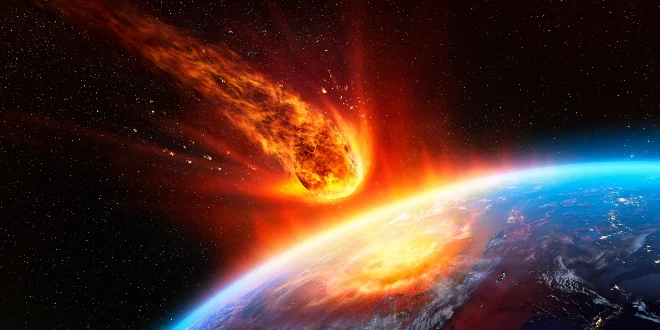Asteroid impacts have historically posed significant threats to life on planets, as evidenced by the extinction of dinosaurs. Their fossilized remains, found in deep geological layers, show the destructive potential of asteroids colliding with Earth at high velocities. Recognizing this threat, scientists and governments are tirelessly working to devise effective strategies to protect humanity from potential asteroid dangers.
One proposed method is to destroy the asteroid with a nuclear explosion. However, this approach raises concerns, as it could result in smaller asteroid fragments still striking Earth. This complex issue necessitates further exploration.
Researchers at the Livermore National Laboratory (LLNL) have developed a simulation to evaluate the outcomes of using nuclear weapons against asteroids. The technique, known as nuclear ablation, involves using the radiation from a nuclear blast to vaporize part of the asteroid’s surface, generating a force that alters the asteroid’s trajectory.
This approach is modeled in the X-ray energy deposition model, detailed in a paper published in The Planetary Science Journal. The simulation considers various asteroid types, from solid rocks to rubble piles, to create a comprehensive understanding of potential outcomes.
According to LLNL researcher Mary Burkey, if there’s sufficient advance warning, a nuclear device could be sent to an approaching asteroid. The device would either deflect the asteroid, keeping it whole but moving it away from Earth, or break it into smaller fragments that would miss the planet.
NASA’s Double Asteroid Redirection Test (DART) mission previously experimented with altering an asteroid’s path through a kinetic impactor. The new LLNL model provides a basis for further global research into methods of deflecting or destroying hazardous asteroids.
Megan Bruck Syal, LLNL’s planetary defense project lead, emphasizes that while the likelihood of a significant asteroid impact in our lifetime is low, the potential consequences are severe, making this research crucial for planetary defense.


